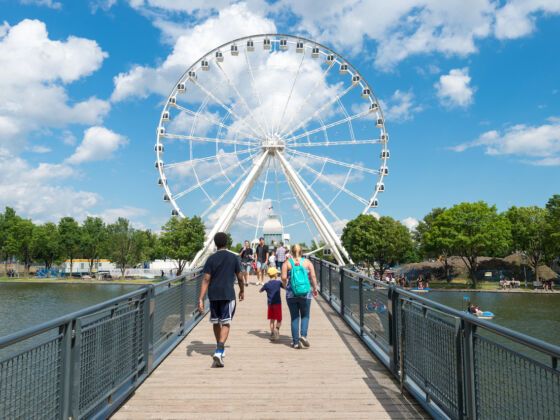Some dare say the food scene is even better than that in NYC.
Especially if you’re tasting one of the famous hand-rolled sesame bagels at St-Viateur Bagels. Classic French restaurants like L’express will serve rabbit, kidneys, liver, duck, tongue, and goose — and not even in a “this is a rare delicacy” type of way, but it an “oh, this is just what we eat on a regular basis” kind of way.
